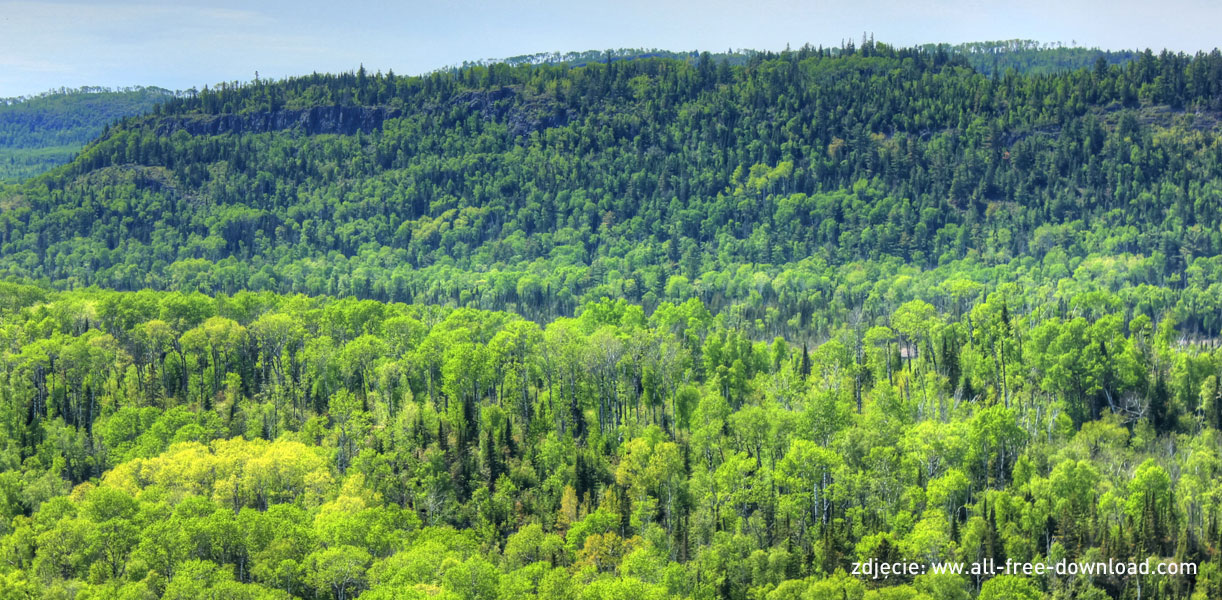The report of the Center for Research on Multinational Corporations (SOMO), prepared for the Dutch office of Greenpeace, shows that more than half of the wood from Estonia, i.e. a leading pellet producer, is burned for energy purposes. Meanwhile, 95% of the wood biomass used in the Netherlands is imported. According to the report, even the Dutch biomass criteria, which are the most stringent in the EU and which were supposed to ensure its sustainable sourcing, fail to protect valuable ecosystems, such as old forests or peat bogs. The report lists a number of rare species, such as the capercaillie, three-toed woodpeckers and hawks, whose refuges in Estonia have been degraded by logging for pellets.
Logging for energy purposes is also growing in Poland. The organization cites Eurostat data, according to which the consumption of wood for energy purposes in our country has tripled – from 1.6 million m3 in 2001 to over 5 million m3 annually in 2012–2019. In 2019, wood for energy purposes in Poland accounted for 11.6% of the obtained raw material.
Greenpeace argues that the classification of wood as a RES by the EU threatens nature protection and reduces the possibilities of CO2 capture by forests. As Cibor recalls, claiming that this is how we produce green energy, we are deceiving ourselves, and burning forests in power plants is a road to nowhere. A reform of the State Forests and the nature protection system is needed so that Polish forests are not converted into pellets.



